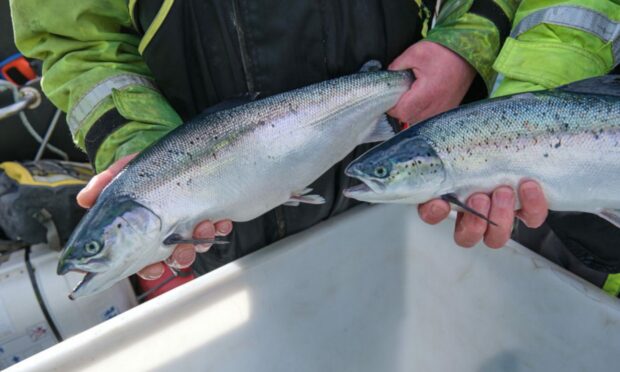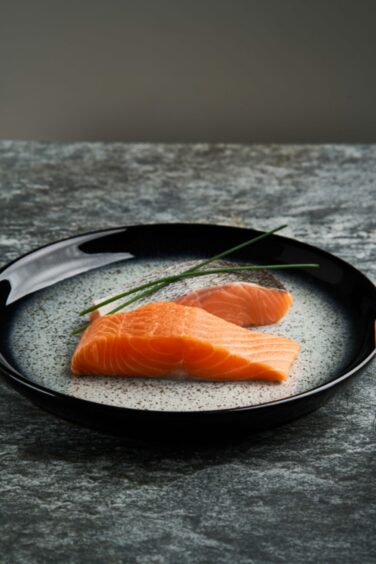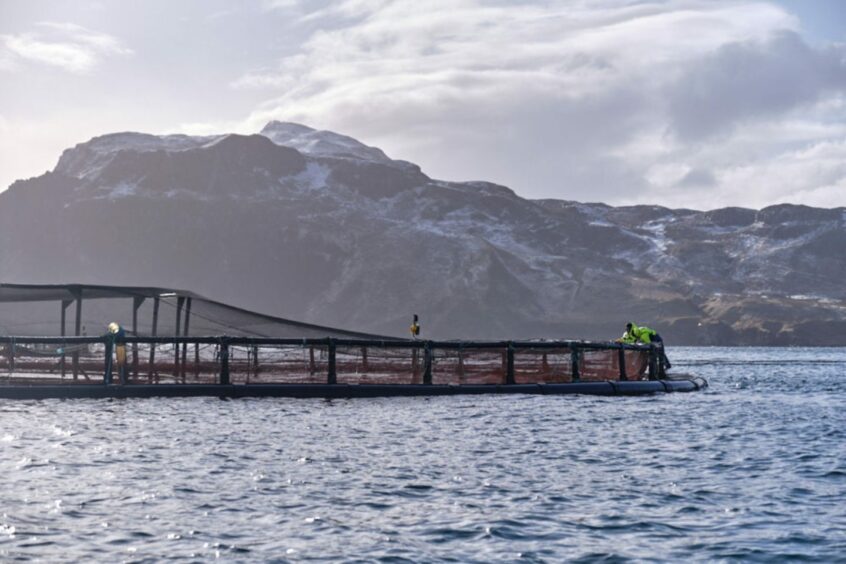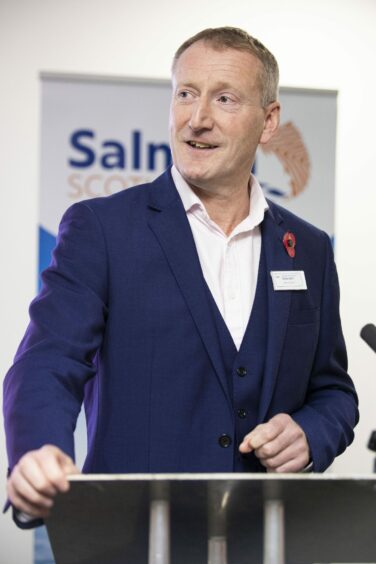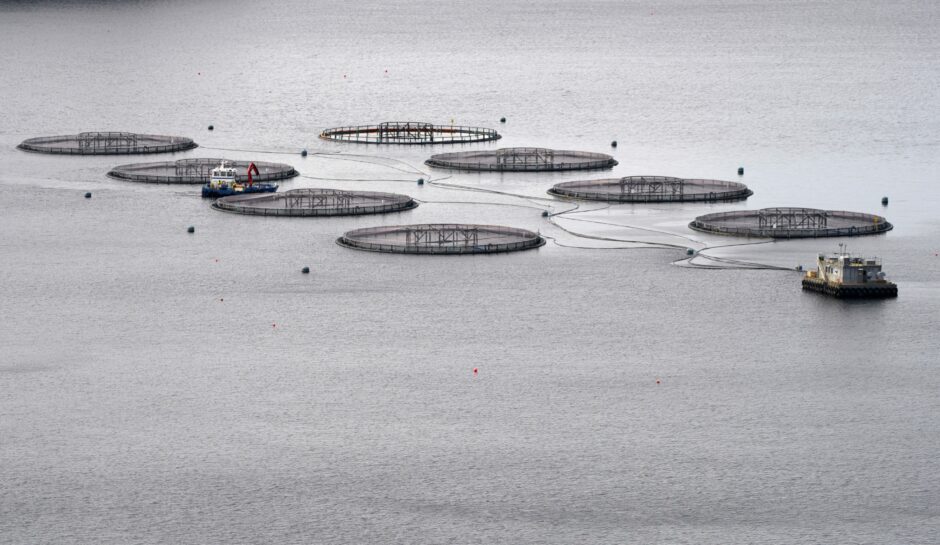Sales of fresh and chilled Scottish salmon to the European Union have reached record volumes, new trade figures show.
In a report published today (November 30), industry body Salmon Scotland says nearly 80,000 tonnes of fish worth more than £485 million were exported to all markets during the first three quarters of 2021.
Sales into the EU made up about two-thirds of the total.
These figures surpass those recorded for 2020 as a whole and highlight the sector’s “agility” to get products to market, the group adds.
The sector is proving just how robust and agile it is in challenging market conditions.”
Tavish Scott, chief executive, Salmon Scotland.
Salmon Scotland also says the total value of all exports during the third quarter alone came in at nearly £192m.
This was down slightly from £202m in Q2 but the overall figure for the first nine months of this year eclipsed that of full-year 2020, the report adds.
The UK retail market for “natural fresh fish” was worth £1.1 billion during the 52 weeks to October 23 and Scottish salmon made up almost half of that, or more than £500 million, the trade body says.
Chilled salmon sales in the UK increased by 2% by both value and volume in the year to October 23, maintaining growth seen during the initial stages of the pandemic as foodservice outlets were closed.
Salmon Scotland says the north coast and West Highlands produced the most salmon – 26% of the total, or 15,900 tonnes – during the third quarter of 2012.
The “Argyll and Clyde” region was next, with 23% of the total, or 14,000t, followed by Shetland, with 20% of production, or 12,400t.
Elsewhere, the Outer Hebrides and Orkney accounted for 19% (11,700t) and 11% (6,700t) respectively.
Speaking in advance of the report’s publication, Salmon Scotland chief executive Tavish Scott said the figures were “excellent news” for Scotland and its rural communities.
He added: “Sales of fresh and chilled Atlantic salmon to the EU have now reached record volumes, helping it to maintain its position as the UK’s most valuable food export.
“We are expecting to produce 217,000 tonnes in total this year, which will represent an increase of 9300 tonnes, or 4.5%, on 2020.”
Mr Scott said he was optimistic about the future of the sector, adding: “As more businesses return to full capacity, the outlook for domestic consumption in the restaurant and hospitality sector should remain positive.
“This is because consumers will take the opportunity to eat out more often, while at the same time cooking and enjoying salmon in their own homes.”
‘We will remain a major employer’
He continued: “The sector is proving just how robust and agile it is in challenging market conditions.
“This is clearly very good news for Scotland’s rural and island communities and all who live and work in them.
“As a sector, we will remain a major employer as we consolidate our market position and grow and prosper in the future.”
As more businesses return to full capacity, the outlook for domestic consumption in the restaurant and hospitality sector should remain positive.”
Publication of the regional breakdown and detailed estimates by quarter for production and trade figures represents a new development for Salmon Scotland, formerly the Scottish Salmon Producers’ Organisation.
Mr Scott said the publication reinforced the sector’s commitment to transparency and openness and would build on the sustainability and environmental reports published by the sector to coincide with COP26 in Glasgow earlier this month.
The Scottish salmon farming industry employs an e4stimated 2,500 people directly.
It pays them an average annual salary of about £38,000, according to Salmon Scotland.
The trade body’s report also shows farmgate prices suffered a seasonal decline during the initial stages of Q3 before rallying at the end of the period.
Prices remain some way behind the pre-pandemic returns recorded at the end of 2019.
Salmon supplier to the Queen has to ‘turn away business’ because of Brexit
Skye salmon farmer turns its focus on expansion after royal visit
